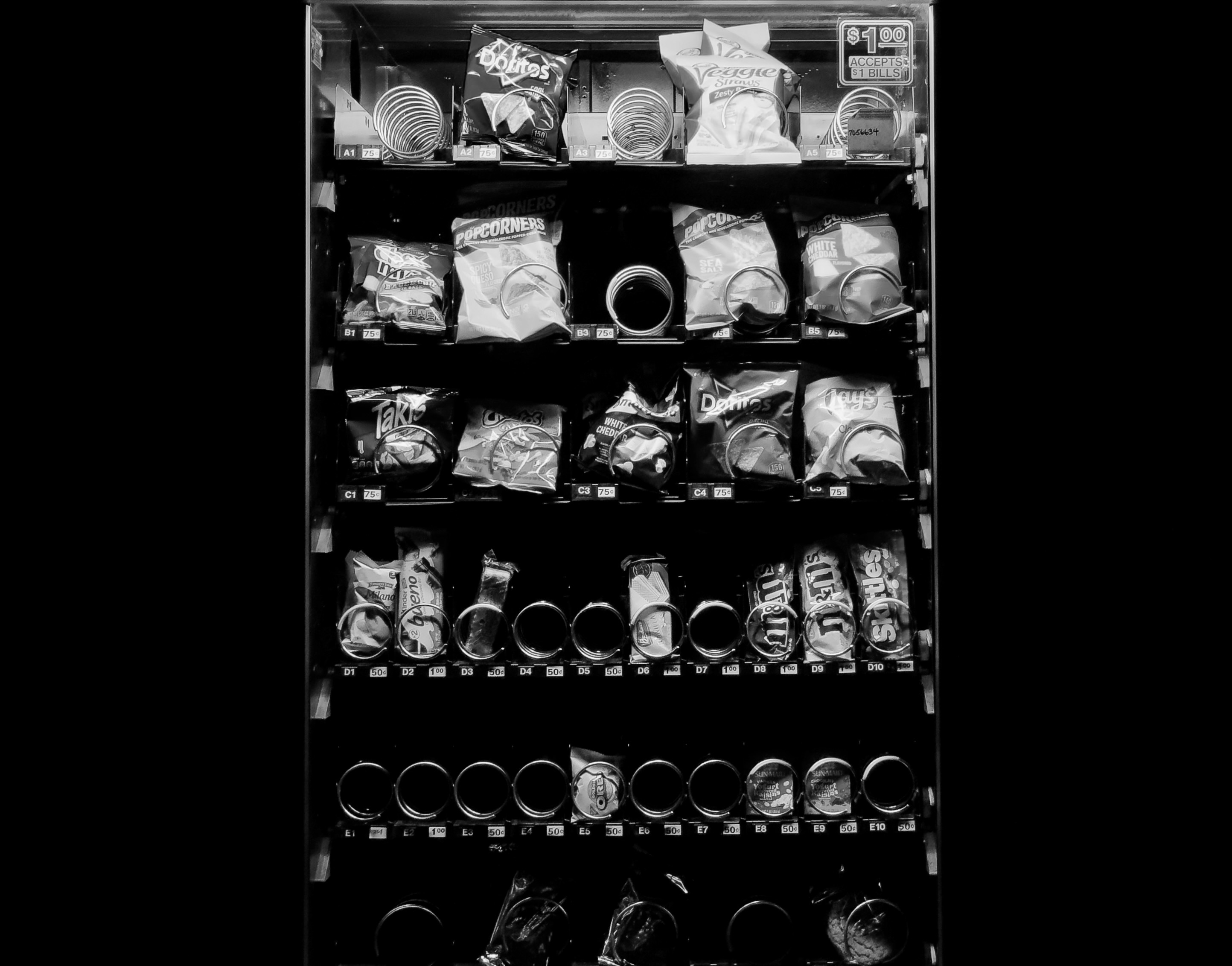
California Becomes the First in the Nation to Define and Regulate Ultraprocessed Foods
California has taken another bold step forward in food regulation: legislatively defining “ultraprocessed foods” (UPFs) for the first time in state law and laying the groundwork for phasing out specific ones from public school meals over the next decade. California has consistently been an early adopter of stricter food regulation that often drives the rest of the nation to follow suit.
How the Law Defines a UPF
The newly signed law, California Bill AB1264, defines an “ultraprocessed food” (UPF) as a food or beverage that meets both of the following two criteria:
- Contains specific additives or substances, selected from a defined list of FDA-recognized categories (unless specifically exempted)
- Examples include surface-active agents, stabilizers/thickeners, propellants or gases, colors, emulsifiers, flavoring agents, and flavor enhancers.
- However, the law expressly excludes substances such as salt (sodium chloride), spices/natural seasonings, natural flavorings, and natural color additives from triggering the UPF definition by themselves.
- Examples include surface-active agents, stabilizers/thickeners, propellants or gases, colors, emulsifiers, flavoring agents, and flavor enhancers.
- Also be high in sodium, saturated fat, or added sugar, or include a nonnutritive sweetener or certain sugar substitutes
- The rules for saturated fat, sodium, and added sugar are that the food contains:
- 10% or more total calories from saturated fat
- Sodium-to-calorie ratio of 1 or greater (mg sodium per calorie)
- 10% or more total calories from added sugars
- Or that the product contains a nonnutritive sweetener or one of a specified list of sugar-alcohols or alternative sweeteners (e.g. sucralose, erythritol, steviol glycosides, etc.).
- The rules for saturated fat, sodium, and added sugar are that the food contains:
If both (1) and (2) are met, the food qualifies as an ultraprocessed food under the law.
What the Exemptions to UPFs are
The law also clarifies that some foods are excluded from being labeled as UPFs, even if they might otherwise seem “processed”:
- USDA commodity foods
- Raw agricultural commodities
- Locally grown or locally raised unprocessed agricultural goods
- Minimally processed prepared foods (e.g. whole, cut, diced, canned, pureed, dried, pasteurized)
- Class 1 milk
- Alcoholic beverages
- Medical foods or infant formula (if the department exempts them)
The Timeline for Phasing Out UPFs in Schools
This UPF definition is tied to a multi-year plan to eliminate particularly harmful UPFs from California school meals:
- The State Department of Public Health is tasked with defining which UPFS should be restricted from school meals under further regulations by June 1, 2028.
- Schools must begin phasing out these UPFs in their meals by July 1, 2029
- By July 1, 2035, schools will be prohibited from including "particularly harmful" UPFs in any of their breakfasts or lunches.
Why It Matters
Why this California law is significant:
- This is the first time a U.S. state has codified a legal definition of ultraprocessed food.
- California has a history of setting a precedent for food regulation that puts pressure on the federal government to act. For example, The California Food Safety Act in 2023 led to new legislation across the country to ban food additives and synthetic dyes.
- The federal government announced a potential move to define UPFs in June of 2025, but has not yet announced a formal definition. This could make the government move more quickly to define ultraprocessed foods before more states create their own definitions.
- This could have big implications for food manufacturers, because it adds to the increasingly complex patchwork of state regulations that companies have to comply with. If more states or the federal government implement UPF definitions, it could have far-reaching effects on companies needing to reformulate and update packaging.
📩 Need help reformulating and staying up to date with changing regulations? Contact us — we’ll help you get started.




.jpeg)